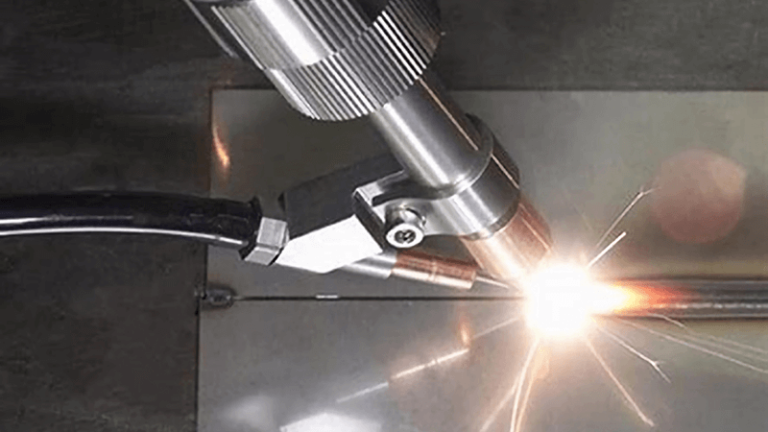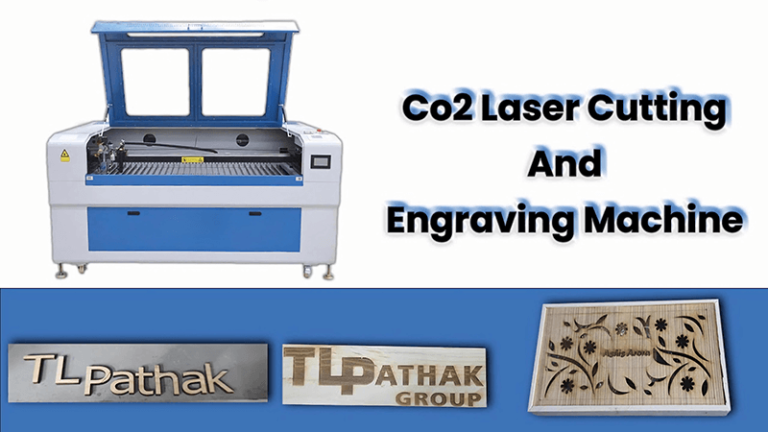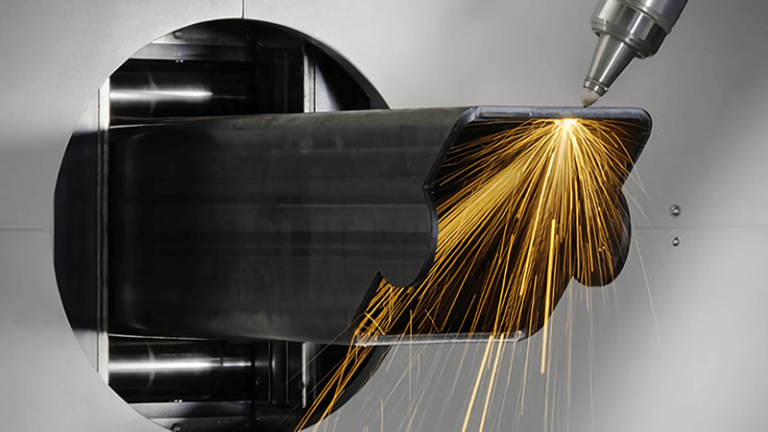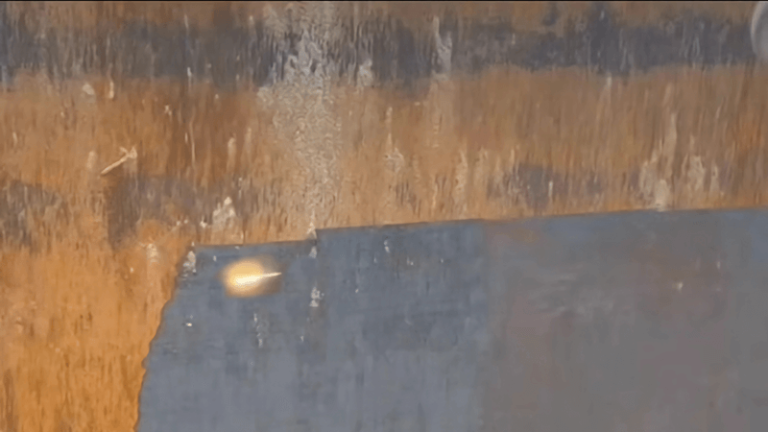In the dynamic world of metal fabrication, the introduction of a 2kW laser cutter represents a significant leap in capabilities and versatility. This power level not only broadens the spectrum of achievable cuts but also necessitates a nuanced understanding of the optimal parameters for different metals to ensure precision, efficiency, and material integrity. This guide delves into the cutting parameters for carbon steel, aluminum, stainless steel, and copper, presenting a detailed parameters table to aid fabricators in harnessing the full potential of 2kW laser technology.
Carbon Steel: The backbone of construction and manufacturing, carbon steel can be intricately cut with a 2kW laser up to thicknesses of 16mm. Mastery over laser settings is required to optimize cut quality, balancing speed with power to minimize thermal distortion and achieve a smooth edge.
Aluminum: Lightweight yet strong, aluminum demands careful consideration due to its reflectivity and thermal conductivity. A 2kW laser can cut through aluminum up to 6mm thick, with the caveat that cutting speeds must be adjusted to prevent material warping and to manage the heat buildup effectively.
Stainless Steel: Favoured for its corrosion resistance and finish, stainless steel up to 8mm thick can be precisely cut with a 2kW laser. Using nitrogen as an assist gas facilitates the production of clean, oxide-free cuts, essential for parts requiring subsequent processes such as welding.
Copper: Although challenging due to its high thermal conductivity and reflectivity, copper up to 4mm can be successfully cut with a 2kW laser. Special attention to laser focus and speed is crucial to overcome its reflective properties and achieve high-quality cuts.
Cutting Parameters Table for 2kW Laser:
| Material | Thickness (mm) | Speed (m/min) | Gas | Power (%) | Focus Length (mm) | Pressure (bar) | Nozzle |
| Carbon Steel | 1 | ||||||
| 2 | 5-6 | O2 | 60 | 4-6 | 0.8-2 | 1.0 double | |
| 2 | 13-16 | Air | 100 | 3 | 15 | 1.0 double | |
| 3 | 3.2-4.5 | 02 | 100 | 4-6 | 0.8-1.5 | 1.0 double | |
| 4 | 2.8-3.0 | 4-6 | 0.6-0.9 | 1.0 double | |||
| 5 | 2.5-2.8 | 4-6 | 0.6-0.9 | 1.0 double | |||
| 6 | 2.0-2.4 | 4-6 | 0.6-0.9 | 1.0 double | |||
| 8 | 1.-1.5 | 3 | 0.6-0.9 | 2.5 double | |||
| 10 | 1-1.2 | 3 | 0.6-0.9 | 2.5 double | |||
| 12 | 0.9-1.1 | 3.5 | 0.6-0.9 | 3.5 double | |||
| 14 | 0.8-0.9 | 3.5 | 0.6-0.9 | 3.5 double | |||
| 16 | 0.65-0.75 | 4 | 0.6-0.9 | 3.5 double | |||
| 18 | 0.5-0.6 | 4 | 0.6-0.9 | 4.0/4.5 | |||
| Stainless Steel | 1 | 36 | N2 | 100 | -2 | 20 | 1.5 Single |
| 2 | 13-14 | -2 | 20 | 2.0 Single | |||
| 3 | 6-7 | -3 | 20 | 2.0 Single | |||
| 4 | 3.5-4.5 | -3 | 20 | 2.5 Single | |||
| 5 | 1.8-2 | -3 | 20 | 3.0 Single | |||
| 6 | 1.5-1.8 | -4 | 20 | 3.0 Single | |||
| 8 | 0.6-0.8 | -4 | 20 | 4.0 Single | |||
| Aluminum | 1 | 18 | N2 | 100 | -1 | 20 | 2.0 Single |
| 2 | 13-15 | -1 | 20 | 2.0 Single | |||
| 3 | 6-7 | -2 | 20 | 2.0 Single | |||
| 4 | 3-5 | -2 | 20 | 2.5 Single | |||
| 5 | 1.8-2.5 | -2 | 20 | 2.5 Single | |||
| 6 | 1-1.5 | -2 | 20 | 2.5 Single | |||
| Brass | 1 | 20-25 | N2 | 100 | -1 | 20 | 1.5 Single |
| 2 | 9-12 | -1 | 20 | 1.5 Single | |||
| 3 | 4-5.5 | -1 | 20 | 2.0 Single | |||
| 4 | 2.5-3 | -2 | 20 | 2.0 Single | |||
| 5 | 1.4-1.8 | -2 | 20 | 2.0 Single | |||
| 6 | 0.8-1 | -2 | 20 | 3.0 Single | |||
| Copper | 1 | N2 | 100 | ||||
| 2 | 5-6 | -2 | 20 | 1.5 Single | |||
| 3 | 2.5-3.5 | -2 | 20 | 2.0 Single | |||
| 4 | 1-1.5 | -2 | 20 | 2.0 Single |
The above table serves as a foundational guide, though it's important to note that specific laser models and material variations can influence the optimal settings. Experimentation and experience play vital roles in fine-tuning these parameters to achieve the best possible outcomes with a 2kW laser cutter. This power level opens new doors to efficiency and precision in metal fabrication, and with the right knowledge, operators can push the boundaries of what's possible in their craft.





